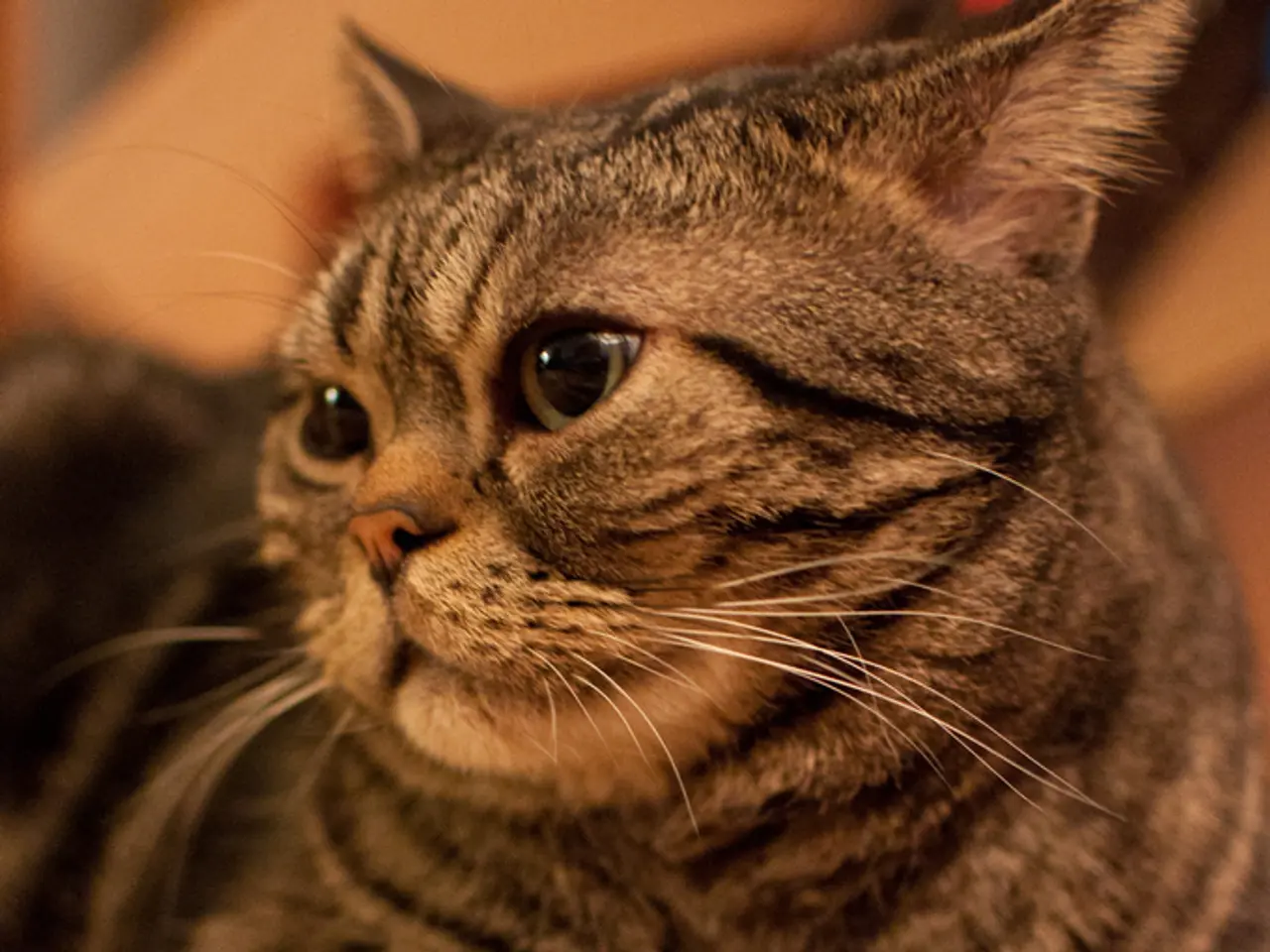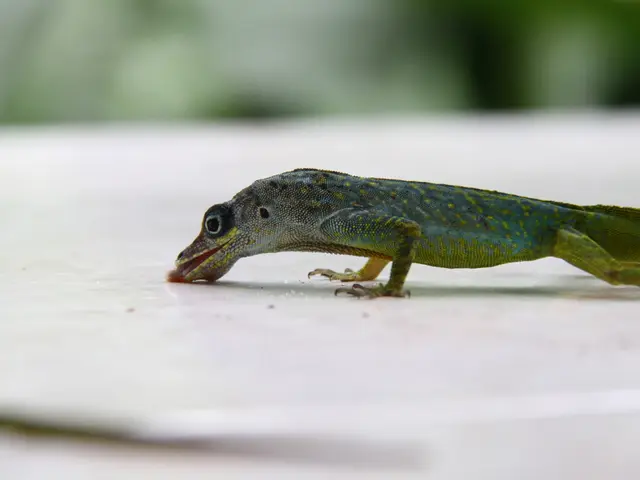Comparing Siberian and Norwegian Forest Cats: Choosing the ideal feline companion for you?
Are you considering bringing a feline friend into your home but unsure which breed to choose? Look no further, as we delve into the key differences between Siberian Forest cats and Norwegian Forest cats across temperament, grooming, exercise, intelligence, health, and owner suitability.
Temperament
Siberian Forest cats, known for their sweet expression and sociable nature, are generally affectionate, playful, and intelligent. They make excellent family pets, being adaptable to most families [3][5][1]. In contrast, Norwegian Forest cats have a more alert and independent personality. With a history as working cats on Viking ships, they can be affectionate but sometimes appear more reserved or territorial compared to Siberians [3][1].
Grooming Needs
Both breeds sport thick, luxurious coats. Siberians have a triple coat that is water-repellent and requires frequent grooming to prevent mats and tangles, especially during seasonal shedding in spring and autumn [1][3]. Norwegian Forest cats have a dense double coat with a prominent mane and a close undercoat, requiring somewhat less frequent grooming—generally brushing twice a week—with year-round shedding [1][3].
Exercise Needs
Both breeds are muscular and active, with longer hind legs suited for powerful jumping and climbing. Siberians tend to be playful and engaging, requiring interactive play and exercise to stay mentally and physically satisfied [5]. Norwegian Forest cats also enjoy climbing and jumping but may be a bit more independent in their activity levels, enjoying exploration and moderate exercise.
Intelligence
Siberians are highly intelligent and curious, enjoying problem-solving and interactive play. Norwegian Forest cats are intelligent as well but are often described as more reserved and independent, with an intelligence that can come with a stubborn streak, requiring more patient handling to earn trust.
Health
Both breeds are known as relatively healthy and robust, adapted to cold climates with dense coats. However, specific health issues are not detailed in the search results. Generally, Siberians have been noted for good genetic diversity, which often confers overall health benefits [3][5].
Owner Suitability
Siberian cats suit owners looking for affectionate, playful, and intelligent companions who enjoy interactive engagement and are prepared for regular grooming. Norwegian Forest cats may best suit owners preferring a somewhat more independent but still loyal cat, who appreciate a majestic, alert pet with moderate grooming needs.
In summary, if you want a more affectionate and playful cat with high grooming needs, the Siberian is ideal. If you prefer a majestic, somewhat more independent cat with moderate grooming and a calm but alert presence, then the Norwegian Forest cat may be better suited.
Both breeds benefit from interactive cat toys and cat puzzle feeders. No cat is truly a hypoallergenic breed, including Siberian Forest cats. Siberian Forest cats have a thick, triple coat that comes in many colours, while Norwegian Forest cats have a double coat and always have a mane. Regular oral hygiene is important for both breeds and should be started from a young age.
Siberian Forest cats have large, round eyes that are set wide apart and come in shades of green, gold, green-gold, and copper. Norwegian Forest cats have large, almond-shaped eyes. Norwegian Forest cats are more independent and energetic than Siberian Forest cats.
Siberian cats are not especially prone to hereditary health complaints, while Norwegian Forest cats are more at risk of inherited conditions like glycogen storage disease IV and hip dysplasia. The Norwegian Forest cat measures 12-18 inches and weighs 10-20 pounds, making it one of the largest cat breeds. Siberian Forest cats typically stand around 17-25 inches tall and can weigh anywhere from 11-17 pounds.
Both Siberian and Norwegian Forest cats need around 20-30 minutes of physical activity each day. An active family setup would suit Norwegian Forest cats well, especially if there are older children to stimulate them with games and cat toys. On the other hand, Siberian Forest cats are more likely to curl up on a lap than Norwegian Forest cats.
In conclusion, by understanding the unique characteristics of each breed, you can make an informed decision and find the perfect feline companion to fit your lifestyle. Whether you prefer the affectionate and playful Siberian or the majestic and independent Norwegian Forest cat, both breeds will bring joy and companionship to your home.
- Siberian Forest cats, with their sociable nature, are affectionate and playful, making them great family pets suitable for most families.
- Norwegian Forest cats, known for their independent and territorial behavior, have a charming yet reserved persona, often appearing aloof compared to Siberians.
- Both Siberian and Norwegian Forest cats have thick, luxurious coats that require grooming to prevent mats and tangles, with Siberians needing more frequent grooming than Norwegians.
- Siberian Forest cats are highly intelligent, curious, and engaging, enjoying interactive play and problemsolving, while Norwegian Forest cats are also intelligent but more reserved and independent, requiring patient handling.
- Both breeds are relatively healthy and robust but have specific health issues that need to be addressed, such as glycogen storage disease IV and hip dysplasia for Norwegian Forest cats.
- Siberian cats would best suit owners who enjoy interactive engagement, are prepared for regular grooming, and prefer a playful companion, while Norwegian Forest cats are more suitable for owners who prefer a somewhat independent but loyal, majestic pet.
- An active family setup with older children would be ideal for Norwegian Forest cats, who are more energetic than Siberians and enjoy exploration and stimulation through interactive games and cat toys.
- Siberian and Norwegian Forest cats need regular oral hygiene and around 20-30 minutes of physical activity each day, with Siberian cats being more likely to curl up on a lap than Norwegian Forest cats.




